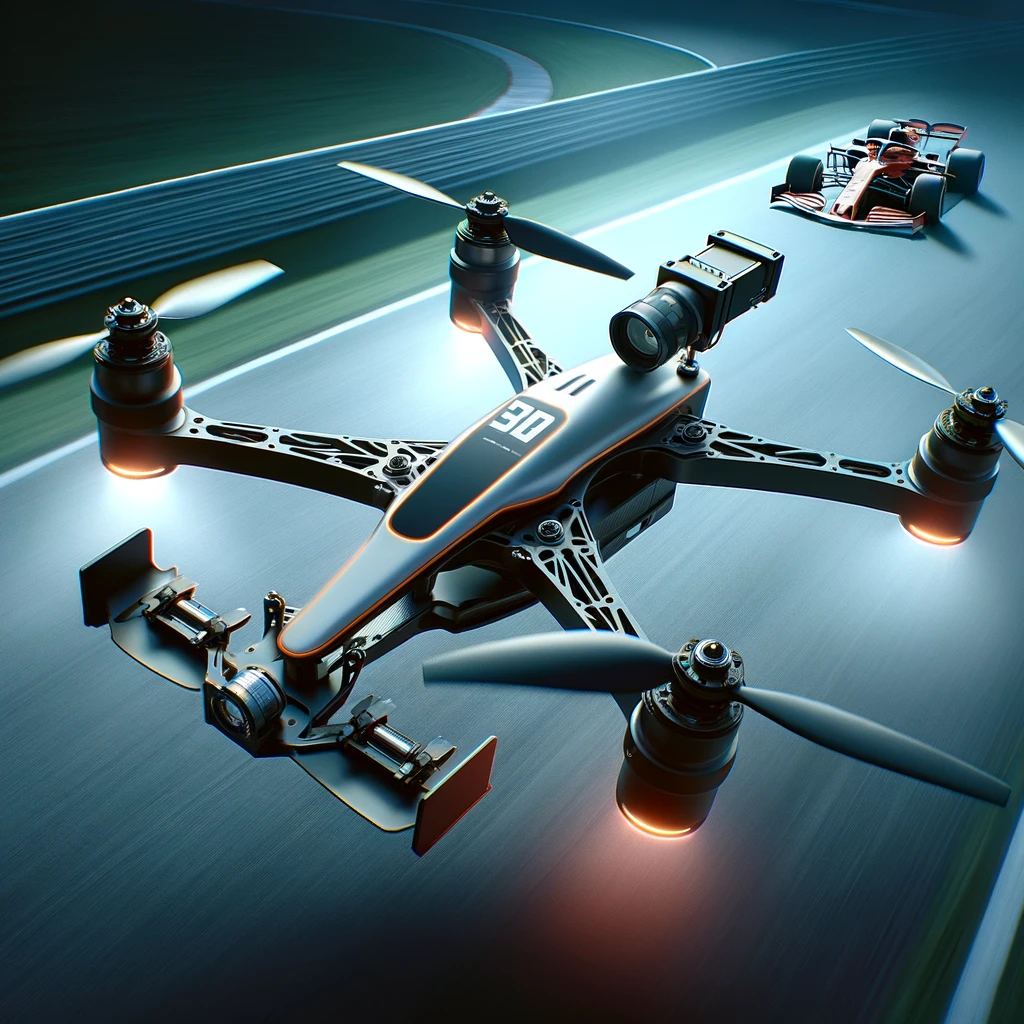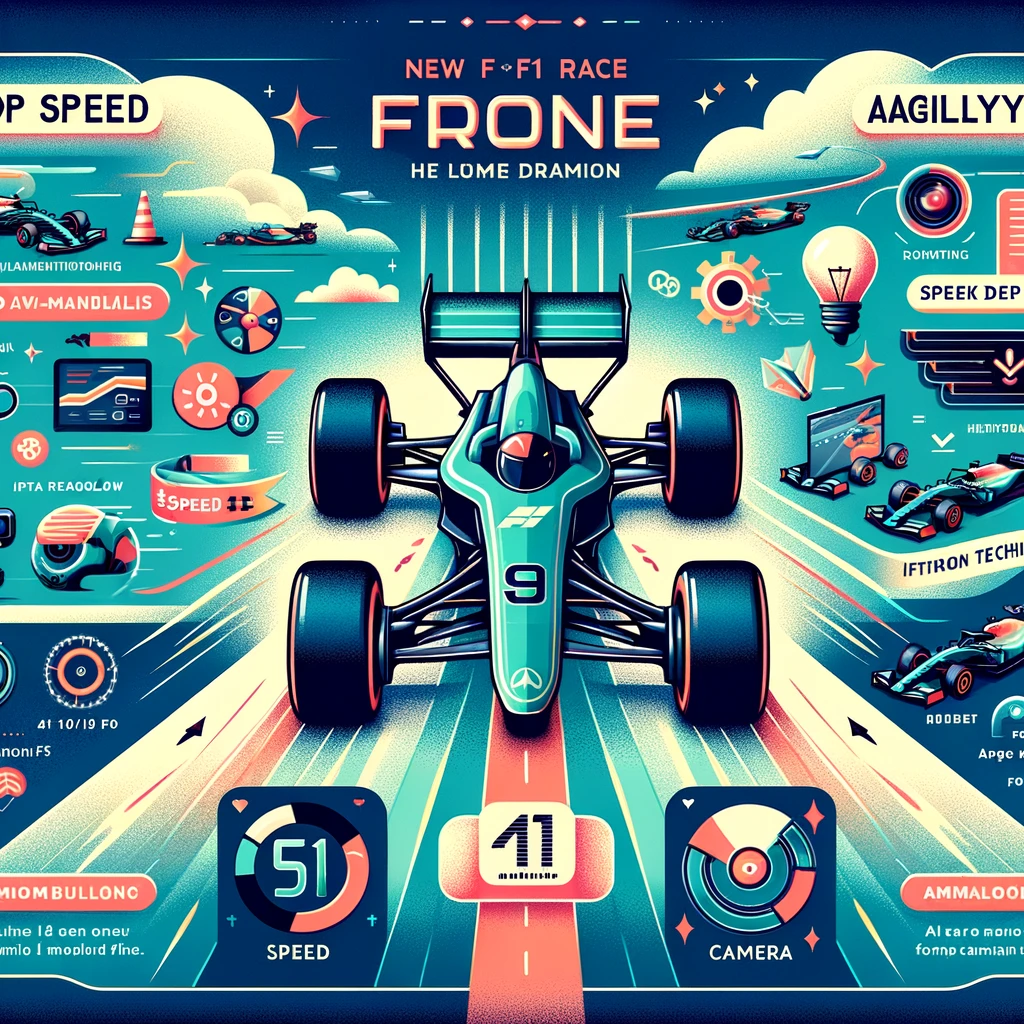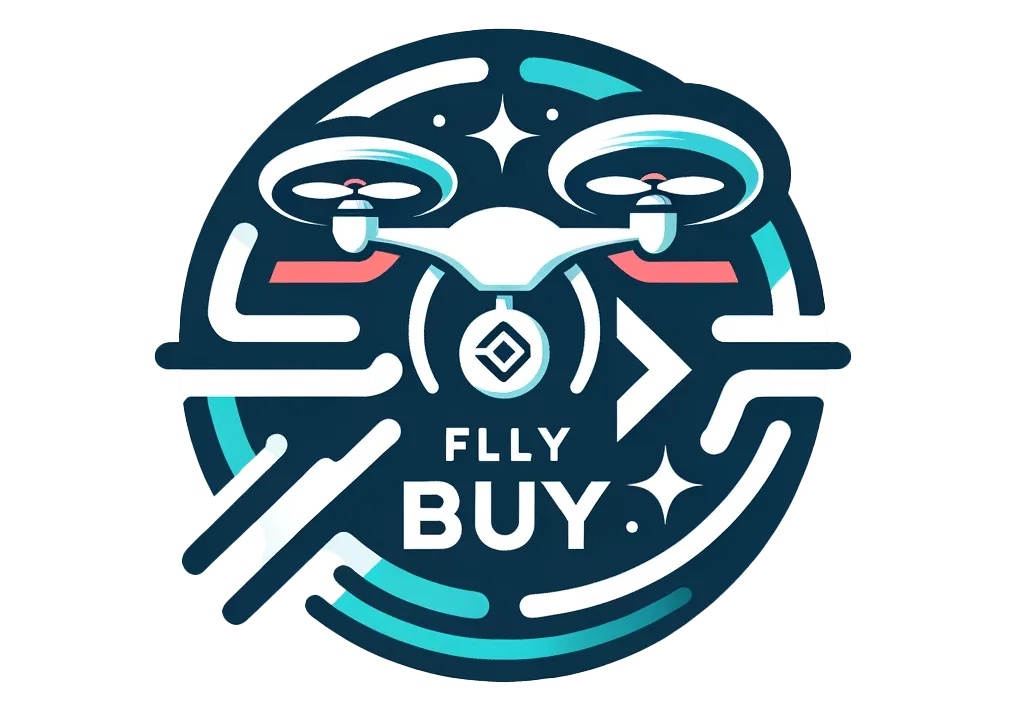Introduction

In the fast-paced world of Formula 1, technology and innovation play pivotal roles in enhancing both the competition and viewer experience. The introduction of a new race drone marks a significant leap forward, promising to revolutionize the way we watch and engage with the sport. This report delves into the features, specifications, and potential impacts of this cutting-edge technology.
Design and Aesthetics
Sleek Aerodynamics
The race drone is designed with aerodynamics at its core, mirroring the sleek, streamlined shapes found in F1 cars themselves. Its compact and lightweight frame allows for swift maneuverability and high-speed performance, crucial for keeping pace with the fastest cars on the planet.
Robust Construction
Constructed from advanced materials, the drone is both lightweight and durable, capable of withstanding the high-speed impacts and extreme conditions typical of F1 race environments.
Performance Specifications
Top Speed and Agility
With a top speed that rivals the cars it films, the drone can capture thrilling close-up shots at speeds exceeding 200 mph. Its agility enables it to navigate tight spaces and complex race environments, delivering dynamic angles and perspectives previously unimaginable.
Battery Life and Range
The drone features a state-of-the-art battery system, offering extended flight times sufficient to cover the majority of a race without the need for frequent landings and recharges. Its long-range capabilities ensure it can operate effectively over the expansive areas of F1 tracks.
Technological Advancements
Camera and Imaging Technology
Equipped with the latest in 4K and HD camera technology, the drone captures crystal-clear footage, ensuring viewers don’t miss a single detail of the racing action. Advanced stabilization systems keep the footage smooth, even at high speeds and during rapid maneuvers.
AI and Autonomous Features
AI algorithms enable the drone to navigate autonomously, predicting and reacting to race dynamics in real-time. This allows for more creative and responsive filming techniques, capturing the essence of the race from angles previously deemed impossible.
Impact on F1 Racing
Enhanced Viewing Experience
The introduction of this drone technology promises to transform the F1 viewing experience, offering fans new and immersive ways to engage with the sport. From breathtaking aerial shots to close-up action sequences, the drone provides unparalleled coverage of the thrill and intensity of F1 racing.
Potential Applications

Beyond broadcasting, the drone’s capabilities have potential applications in race strategy and safety. Teams could utilize the footage for performance analysis, while race officials could leverage the technology for better track surveillance and incident response.
Conclusion
The new F1 race drone represents a significant technological milestone, poised to enhance the spectacle of Formula 1 racing. Its combination of high-speed performance, advanced imaging technology, and autonomous capabilities makes it a formidable tool in the evolution of sports broadcasting. As this technology continues to develop, it will undoubtedly bring fans closer to the action than ever before, marking a new era in the way we experience the world’s premier motorsport.
